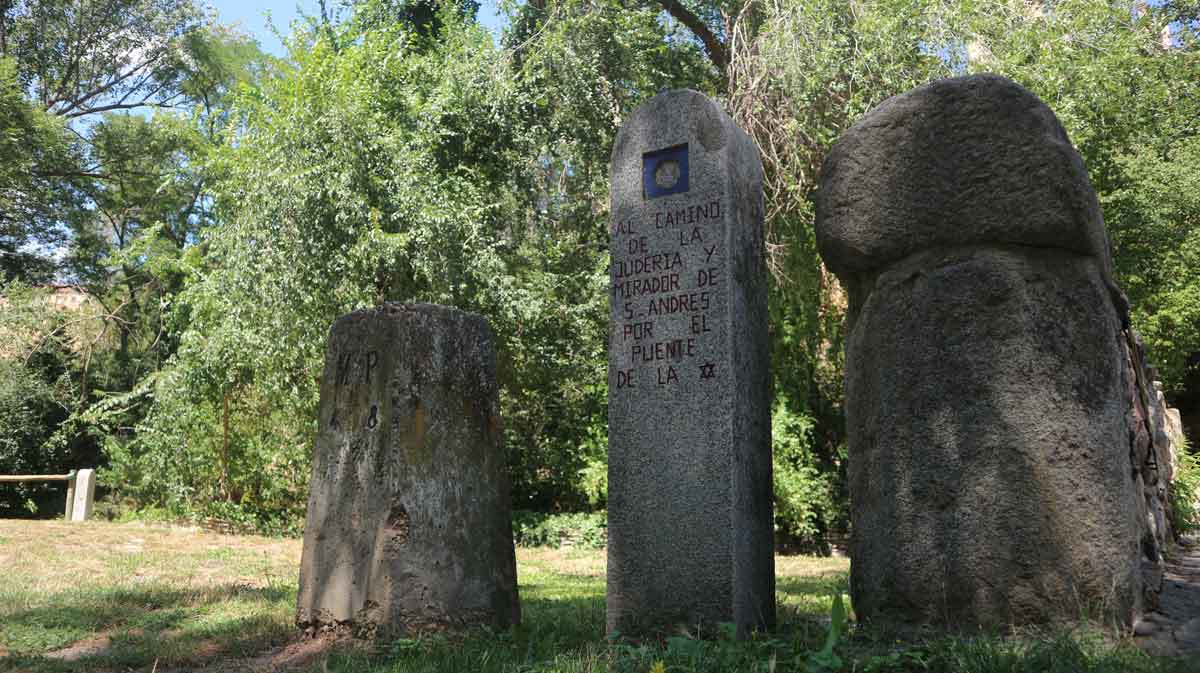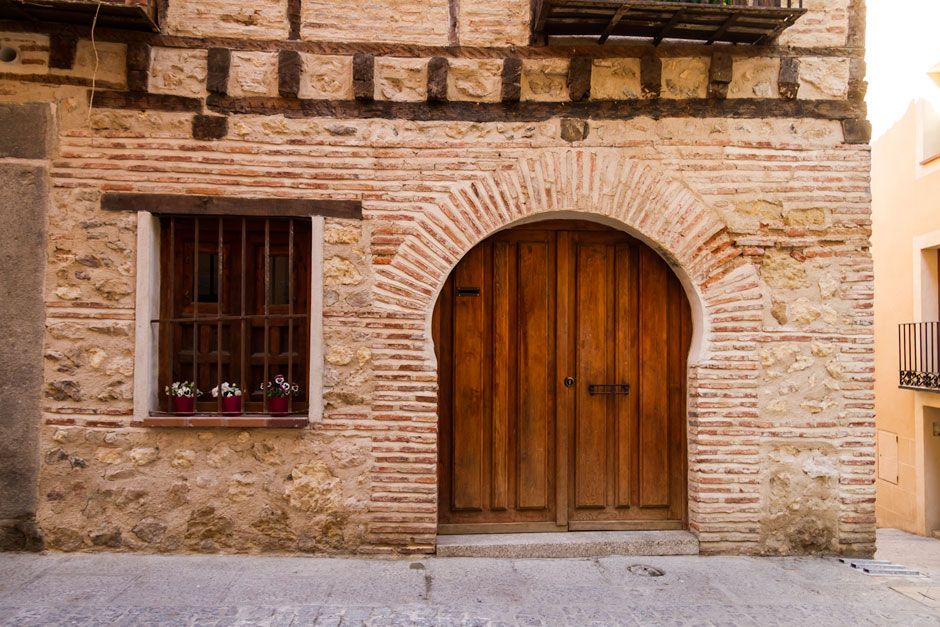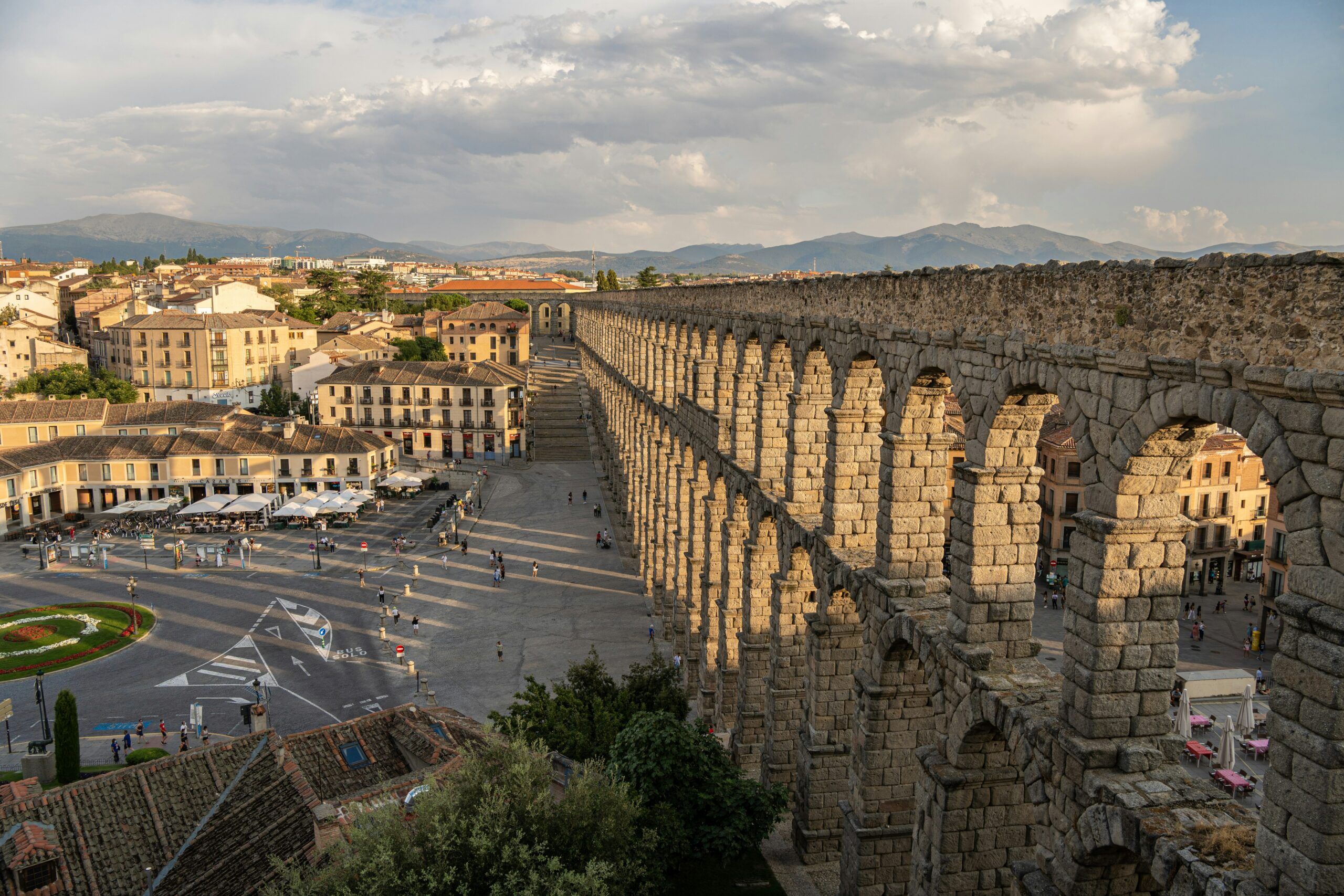Segovia rises with the sober majesty of its Roman and Gothic monuments, yet it also preserves a silent and profound legacy: the Jewish Quarter of Segovia. This historic district, located on the southern flank of the walled city, is far more than a picturesque corner. It is a living witness to the Jewish past that for centuries formed an essential part of Segovia’s urban and social fabric.
Jewish presence in Castile and Leon is not limited to the late Middle Ages. It may even date back to earlier times, given evidence of coexistence during the Roman era. Documents from the 13th century confirm a stable community in Segovia, and in 1215 Bishop Giraldo issued an interdict on games and betting between Jews and Christians, an indication of normalized daily life.
Over time, the aljama (Jewish community) of Segovia grew in importance. Historical findings reveal that it once had five synagogues, a mikveh, a kosher butcher, an oven, ritual baths, and religious schools, proof of a vibrant and organized society.
 The Great Synagogue: A Monument of Memory
The Great Synagogue: A Monument of Memory
At the heart of the old Jewish Quarter stood the Great Synagogue, likely built in the late 13th or early 14th century. Confiscated in 1410, it was consecrated as a church under the name Corpus Christi. The building retains original architectural elements: three naves separated by horseshoe arches supported by octagonal pillars, whose capitals display Mudéjar-inspired decorations.
Later incorporated into a convent of Poor Clares, the complex suffered a fire in 1899 but was subsequently restored. Its remodeled interior still evokes its Sephardic origins through symbolic details, spatial proportions, and an atmosphere that speaks of its Jewish past.
With all the remains, exploring the Jewish Quarter nowadays means entering a labyrinth of history along streets such as Judería Vieja, Almuzara, Puerta del Sol, and Puerta de San Andrés, which marked the medieval boundaries of the district. Here travelers will find the Didactic Center of the Jewish Quarter, housed in the former residence of Abraham Seneor, offering insights into Sephardic customs, urban life, and community organization.
 Abraham Seneor: The Key Figure of Segovia’s Aljama
Abraham Seneor: The Key Figure of Segovia’s Aljama
Few figures embody Segovia’s Jewish history like Abraham Seneor. Born in 1412, he was a banker, royal advisor, and community leader. Closely connected to the Catholic Monarchs, he played a role in major political negotiations and, after the forced conversions of 1492, adopted the surname Coronel.
His home in Judería Vieja, a two-story house with a courtyard and cellar, contained a private oratory used as a synagogue, symbolizing his social and spiritual status. After his conversion, the property was divided into three houses, though much of its original structure remains.
The Pinarillo Cemetery: A Silent Space of Memory
South of the walls, on the slope of the Clamores Valley, lies the Jewish necropolis known as El Pinarillo Cemetery. Today it is open to visitors and features anthropomorphic tombs and hypogea, underground burial chambers that reveal ancient rituals and the antiquity of Segovia’s Jewish community.
One of the most striking areas is the Casita Blanca, an interpretation center with panels, reconstructions, and audiovisuals that illuminate the funerary rites of Castilian Jews. From its viewpoint, visitors can also see the city walls, the Puerta de San Andrés, and other structures that physically linked the Jewish Quarter to the outside world.
 Beyond its walls and stones, Segovia’s Jewish Quarter connects with the present through gastronomy, restored architecture, and cultural tourism. During the rehabilitation carried out between 2005 and 2009, the historic center underwent a comprehensive intervention that recovered many original façades and corners.
Beyond its walls and stones, Segovia’s Jewish Quarter connects with the present through gastronomy, restored architecture, and cultural tourism. During the rehabilitation carried out between 2005 and 2009, the historic center underwent a comprehensive intervention that recovered many original façades and corners.
For today’s visitors, the Jewish Quarter is not just a place to stroll. It is a space to learn, feel, and reflect. From its viewpoints to its cemetery, passing through Seneor’s house, every street tells a story of resilience, power, and culture.
Segovia is a proud member of the Jewish Heritage Network – Red de Juderías de España, Caminos de Sefarad, which connects destinations committed to preserving and interpreting Jewish history across Spain.









